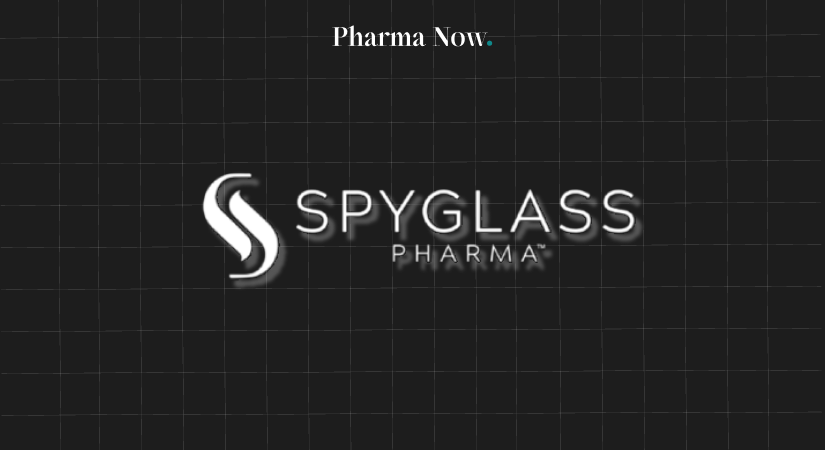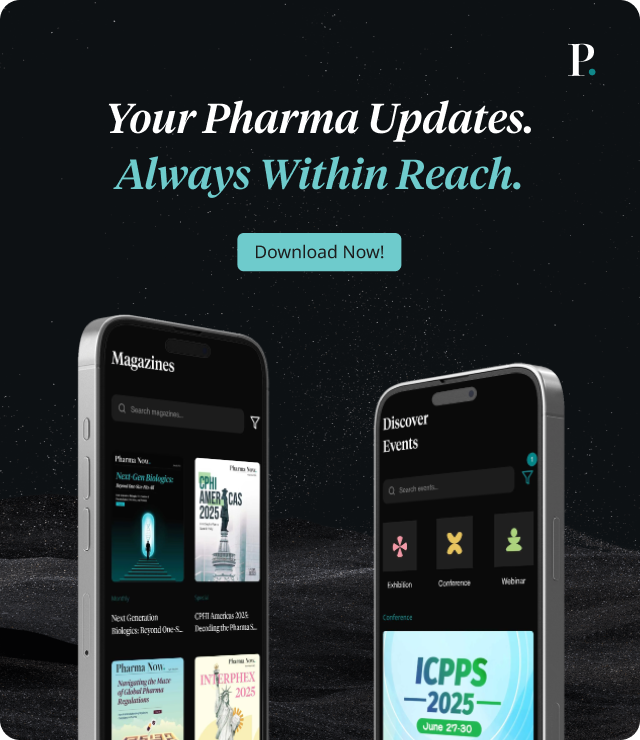SpyGlass Pharma Reports Promising 24-Month Results For BIM-IOL System In Glaucoma And Ocular Hypertension
SpyGlass Pharma’s BIM-IOL System shows 42% IOP reduction at 24 months, offering a long-term, drop-free glaucoma solution.
Breaking News
Oct 15, 2025
Vaibhavi M.

SpyGlass Pharma, a late-stage biopharmaceutical company, announced interim 24-month results from its first-in-human clinical trial evaluating the Bimatoprost Drug Pad-IOL System (BIM-IOL System). This innovative system integrates non-biodegradable drug pads with an intraocular lens (IOL) implanted during cataract surgery, aiming to continuously deliver bimatoprost, a proven prostaglandin analog, for several years to lower intraocular pressure (IOP) in patients with open-angle glaucoma (OAG) or ocular hypertension (OHT).
“Adherence with daily topical IOP-lowering medications is one of the most consistent challenges for patients in the management of glaucoma and ocular hypertension,” said Malik Kahook, M.D., Co-founder of SpyGlass Pharma. “The findings at 24 months demonstrated that patients can achieve meaningful and durable reduction in IOP without the burden of daily drops. We are pleased to share these interim results and continue our objective of delivering a long-term, drop-free solution for patients in need.”
The interim findings revealed sustained reductions in IOP and improvements in visual acuity, highlighting the potential of the BIM-IOL System to revolutionize long-term glaucoma management. The single-center, prospective study was designed to assess both the safety and efficacy of the system in patients undergoing routine cataract surgery with coexisting OAG or OHT.
“The 24-month findings from our first-in-human trial add to our growing body of data supporting the long-term durability of the BIM-IOL System,” added Patrick Mooney, Chief Executive Officer of SpyGlass Pharma. “With an implantation technique familiar to all cataract surgeons, including the two-thirds of physicians who do not routinely perform minimally invasive glaucoma surgery, we believe our system has the potential to become a widely implemented solution for reducing reliance on topical medication."
At the 24-month mark, patients experienced a 42% mean reduction in IOP, from 25.1 ± 2.5 mmHg to 14.5 ± 3.0 mmHg (p<0.0001), with 100% of participants off topical IOP-lowering medications. Additionally, all patients achieved best-corrected distance visual acuity (BCDVA) of 20/30 or better. The treatment was well-tolerated, with no serious adverse events reported and all observed side effects attributed solely to the cataract procedure, not the BIM-IOL System itself.
